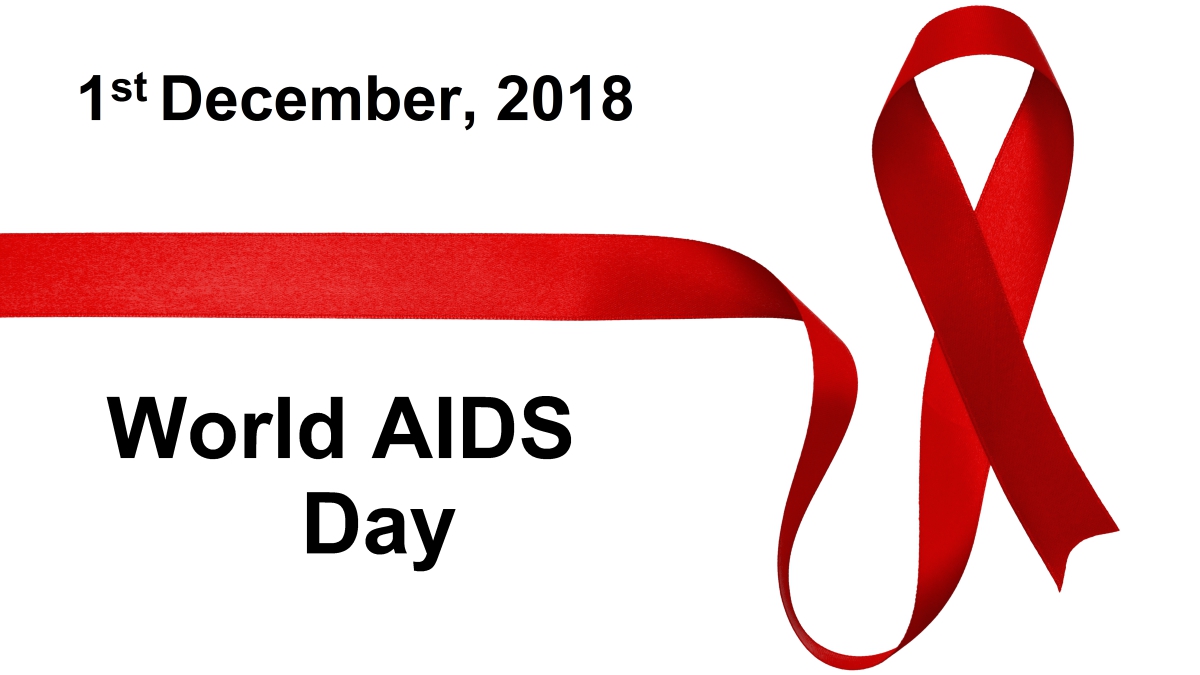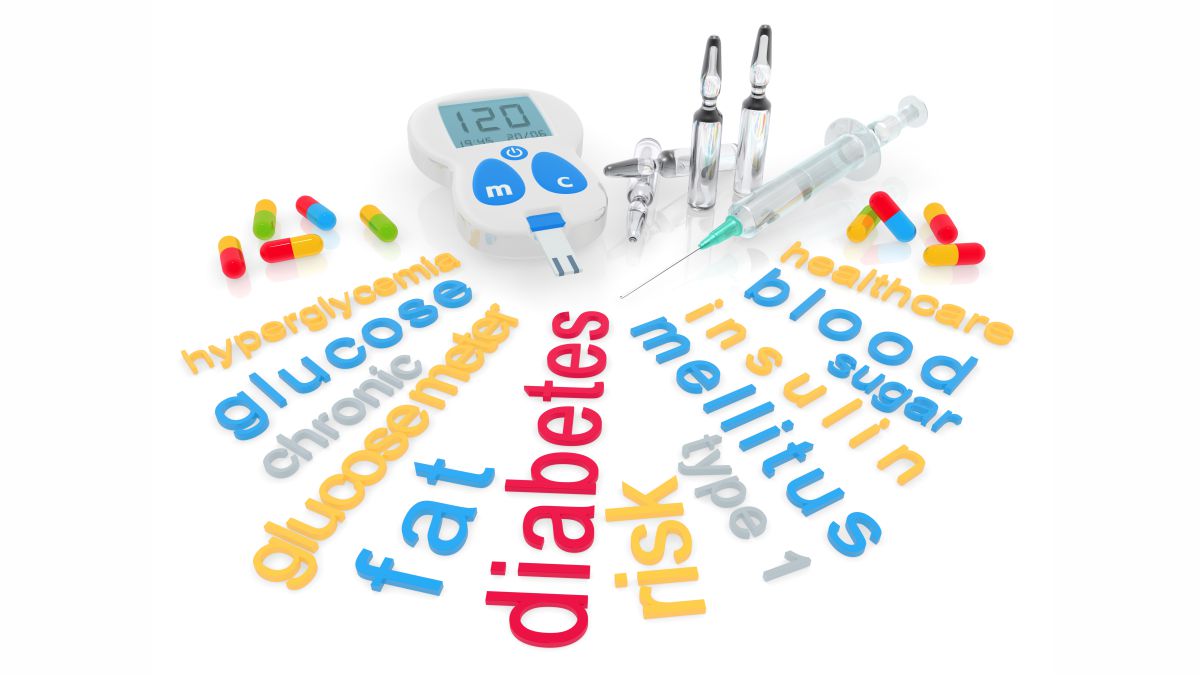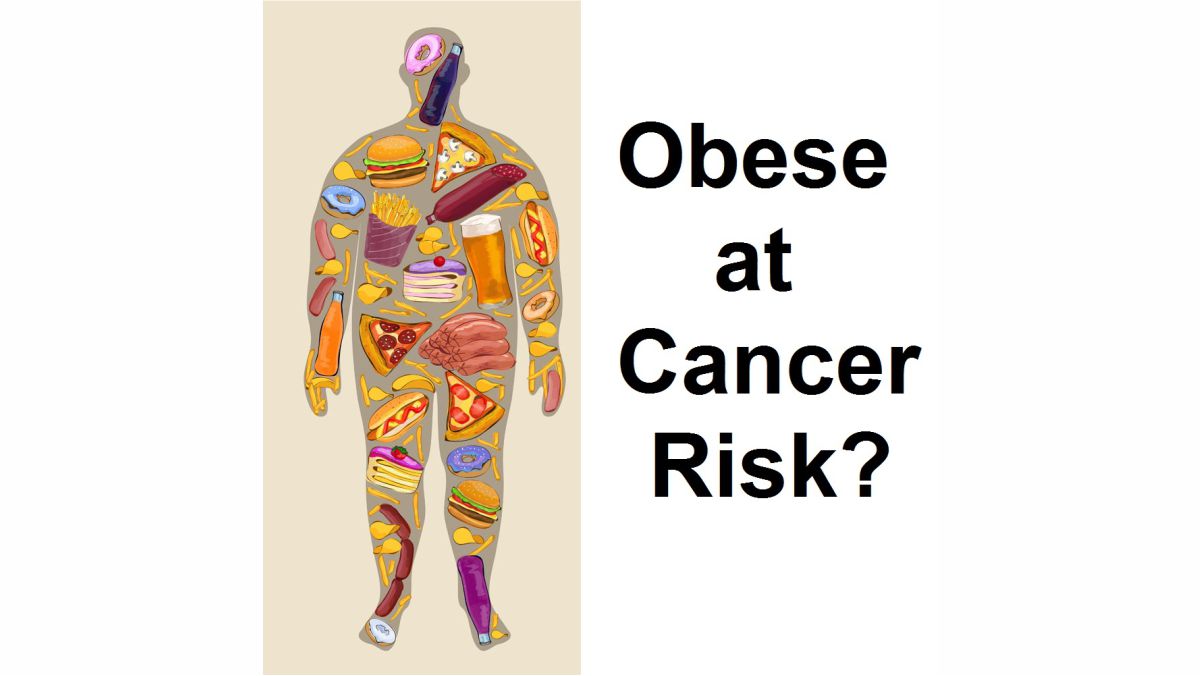
World AIDS Day- Halt the Spread
Acquired Immunodeficiency Syndrome (AIDS) ,a catastrophic medical condition that has risen in the world because of a viral infection. The agent of chaos that causes AIDS is Human Immunodeficiency virus (HIV). This virus has made gigantic advances in establishing itself all over the world affecting more than 70 crore people. India has also felt the heat of HIV, as nearly 21 lakh people have been affected. To realize the presence of AIDS and create awareness to halt it’s spread, December 1st is dedicated as World AIDS Day.
Multiple routes can cause the spread
- Sexual Transmission-An infected person can spread the infection to another through sexual contact.
- Mother to Child Transmission-Infected women can transmit the virus to the baby during pregnancy, child birth or breast feeding.
- Miscellaneous Factors-Blood transfusion can transmit the virus. Blades, syringes or other sharp instruments can also be potentially infectious, hence a reuse is strictly prohibited.
Once inside it grows to kill!
HIV after entering the body quietly grows and our immune system fails to eliminate it. The virus then uses our body’s cells to its benefit and start multiplying in number. After which it breaks open the cell to infect other cells and spread.
How does it harm us?
Our body’s over all function is largely controlled by Deoxyribonucleic Acid (DNA) and the virus hijacks this DNA. Our immune (defense) system that fights against infections, now stops functioning and becomes very weak giving rise to AIDS.
Repercussion within the body
With the weakening of immune system, we loose the ability to fight against any infections. Most infections that generally could have been eliminated by the body now start growing and impose life threatening risk. Cancer is fought with the help of T cells of the immune system but, HIV disfigures T cells and cancer becomes a far more alarming risk.
Testing- Better safe than sorry!
Enzyme Linked Immunosorbent Assay (ELISA), Western Blotting Technique, Polymerase Chain Reaction (PCR) analysis are the most widely used methods of detecting HIV infection.
Reduce risk to complement health
As there is no complete cure to HIV, prevention should be practiced with utmost care.
Further if you feel there is a chance of you harboring HIV, getting yourself tested can clear all doubts and can also guide you to administer therapy if required.










